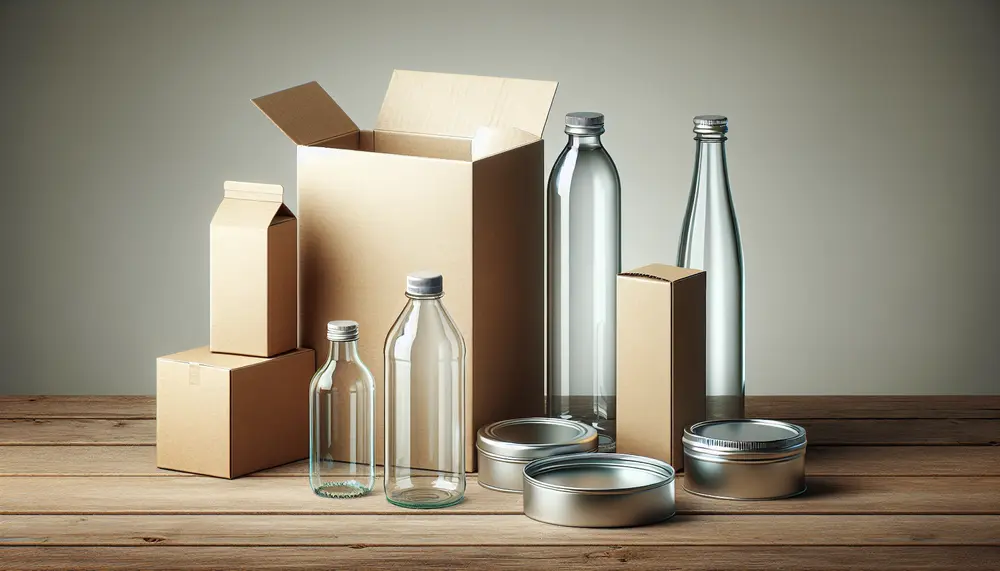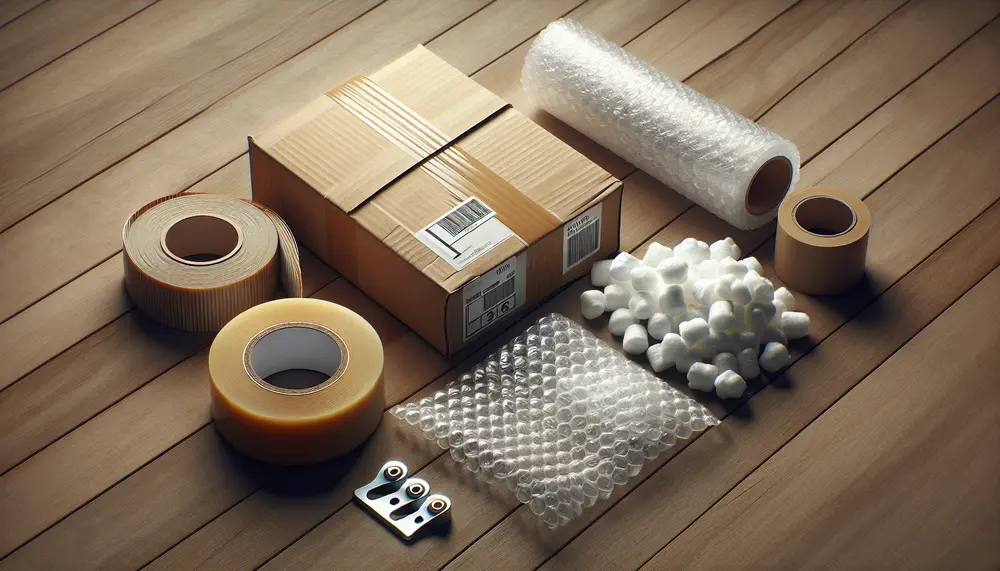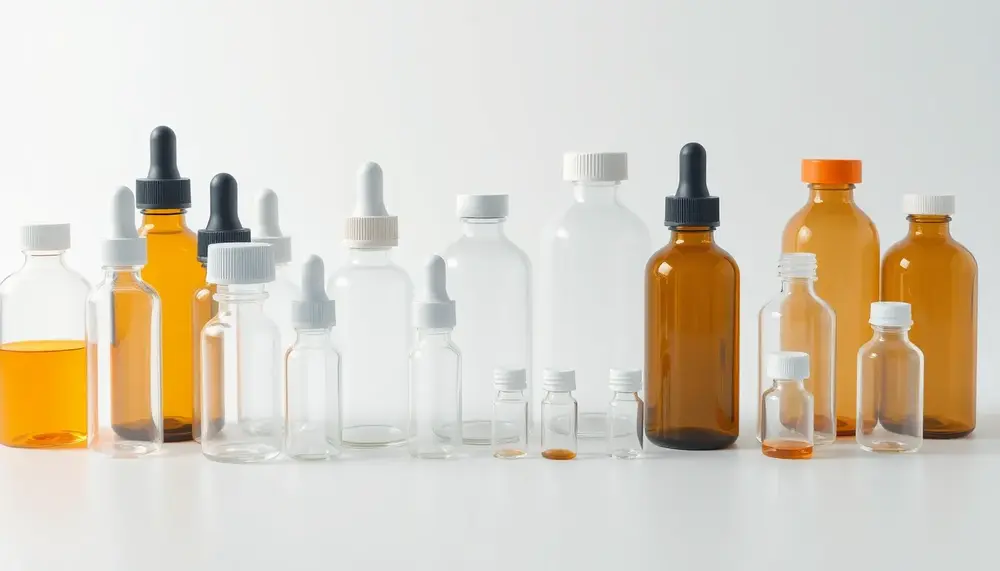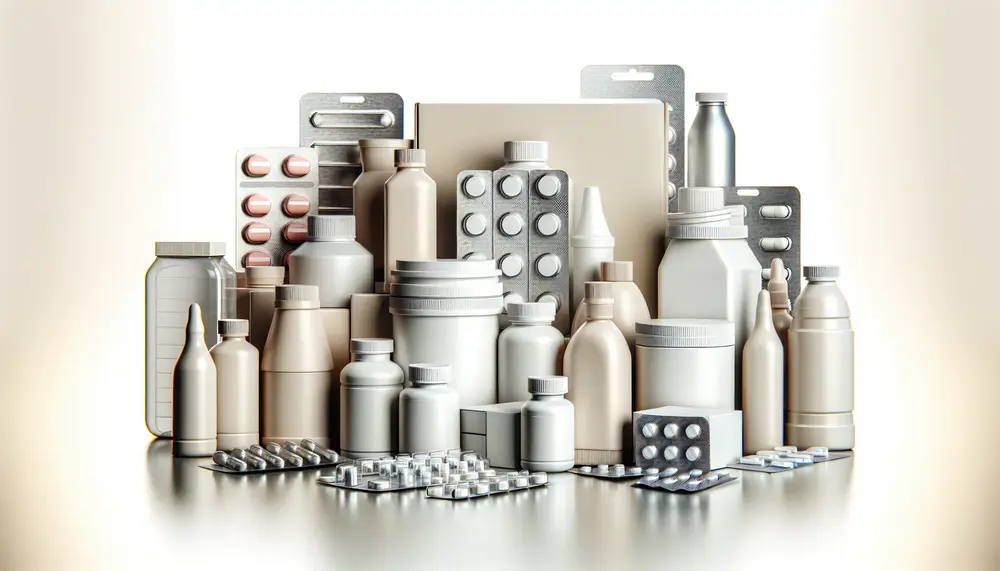Aerosol
Aerosol
Aerosol
An aerosol is a type of packaging that dispenses products in a fine mist or spray. It is commonly used for items like deodorants, hairsprays, and household cleaners. Aerosol packaging ensures even distribution of the product and is convenient for users.
How Aerosol Packaging Works
Aerosol packaging consists of a can, a valve, and a propellant. The propellant is a gas that pushes the product out of the can when the valve is pressed. This creates a fine mist or spray, making it easy to apply the product evenly.
Benefits of Aerosol Packaging
Aerosol packaging offers several benefits. It provides a consistent spray pattern, which ensures uniform application. It also protects the product from contamination and extends its shelf life. Additionally, aerosol cans are portable and easy to use.
Environmental Considerations
While aerosol packaging is convenient, it has environmental impacts. Some propellants can contribute to air pollution and climate change. However, many companies are now using eco-friendly propellants to reduce these effects.
Examples of Aerosol Products
Common aerosol products include air fresheners, spray paints, and insect repellents. These products benefit from the even distribution and ease of use that aerosol packaging provides.
Blog Posts with the term: Aerosol

Packaging materials range from traditional paper and glass to modern bioplastics, each with unique properties affecting product safety, cost-effectiveness, and environmental impact. Selecting the right packaging is crucial for brand identity, customer satisfaction, and sustainability; factors like protection needs, branding...

Packaging materials are crucial for product protection, branding, and environmental impact; choosing the right type depends on various factors including the product's nature and consumer trends. Paper-based options like corrugated cardboard and SBS paperboard offer sustainable choices with different balances...

Packaging materials are essential for product protection, information dissemination, and marketing; material selection is based on factors like durability and sustainability. Plastic packaging offers versatility but faces environmental concerns, glass provides purity and recyclability, metal ensures strength and long-term preservation...

Pharmaceutical packaging bottles are designed to protect, preserve, and deliver medications effectively while ensuring safety, regulatory compliance, and user convenience. Key considerations include material compatibility, barrier properties, child-resistant features, sterility assurance, sustainability efforts like bio-based plastics or glass alternatives for...

Understanding and selecting the right pharmaceutical packaging materials is essential for maintaining drug safety, efficacy, and integrity. These materials must protect against environmental factors like moisture and light while ensuring compatibility with the drugs they contain; innovations in this field...

Packaging materials are essential for protecting goods from manufacturer to consumer, serving as protection and marketing tools. Different levels of packaging—from primary to auxiliary—along with factors like cost and environmental impact guide material selection, while advancements in technology offer a...

Packaging materials are essential for product protection, quality preservation, and shelf life extension across industries; they must balance protection with presentation and logistics efficiency. The food industry uses diverse packaging types like plastics, biodegradables, glass, metals, paper-based solutions to meet...

Choosing the right medical containers with lids is crucial for proper storage, considering factors like material compatibility, safety standards, and user-friendliness to ensure product integrity. Evaluating options such as plastic, glass, or metal can enhance durability and efficiency in handling...
